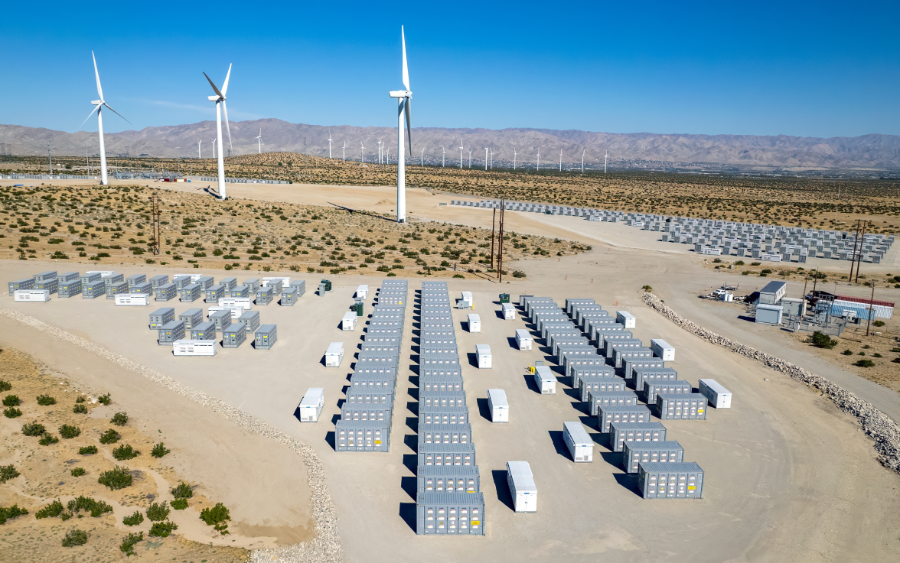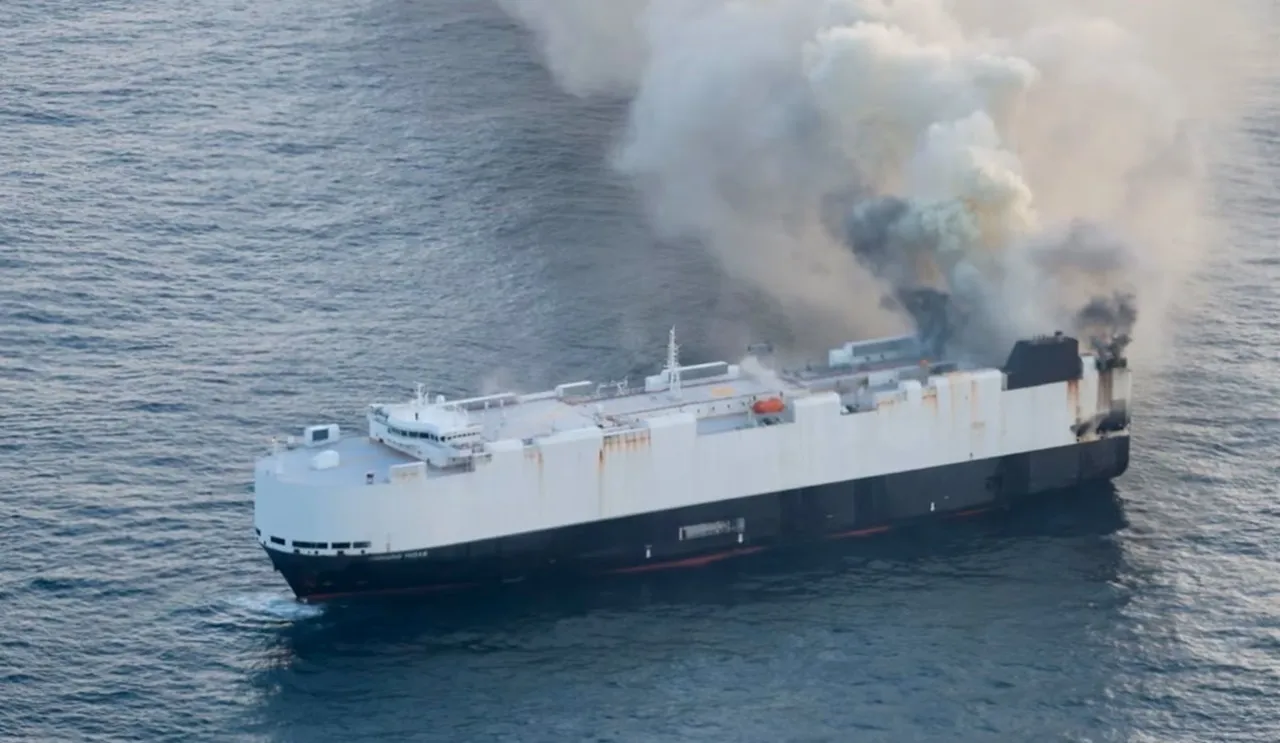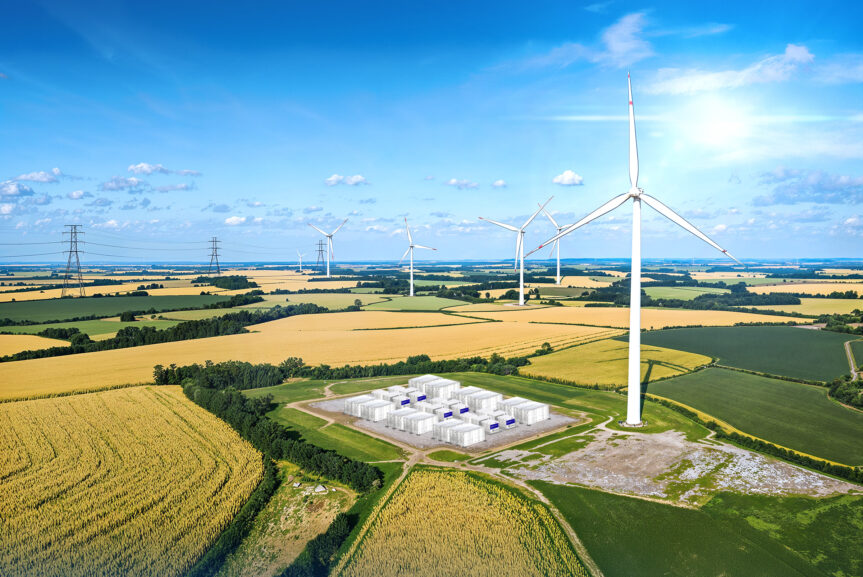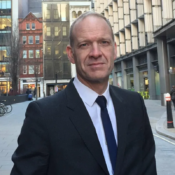The International Energy Agency (IEA) estimates over 540GW of standalone battery storage projects are waiting to be connected to the grid worldwide due to the surge in variable renewable energy (VRE) projects.
In its Renewables 2024 annual report, the IEA said high VRE volumes have led to the potential need for energy storage to balance the system, provide ancillary services and reduce economic and technical curtailment.
The 540GW grid connection queues are in the US, UK, Australia, Spain and Chile. Of this capacity, over 55GW is in late-stage development. The highest amount (64%) was in the US, followed by Spain (19%), the UK (12%), Australia (5%) and Chile (less than 1%).
In addition to standalone battery storage systems, over 360GW of US and UK projects are hybrid systems (pairing a renewable resource with a storage system), the report stated. In addition, nearly 14GW of pumped-storage hydropower projects await connection in these two countries.
According to the report, the world is set to add more than 5,500GW of new renewable energy capacity between 2024 and 2030 – almost three times the increase seen between 2017 and 2023.
China is set to account for almost 60% of all renewable capacity installed worldwide between now and 2030. That would make China home to almost half of the world’s total renewable power capacity by the end of this decade, up from a share of a third in 2010, it noted. While China is adding the biggest volumes of renewables, India is growing at the fastest rate among major economies.
The IEA believes renewables will account for almost half of global electricity generation by 2030, with the share of wind and solar PV doubling to 30%. At the end of this decade, solar PV is set to become the largest renewable source, surpassing both wind and hydropower, currently the largest renewable generation source by far.
Increasing wind and solar PV is leading to higher curtailment, it stated. In countries where grid investments and system integration measures are not keeping pace with rapid deployment, curtailment “could become a growing challenge.”
In Chile, Ireland and the UK, for example, the curtailment of wind and solar PV recently reached between 5% and 15%.
“Despite growing investment in battery storage in many of these markets, further flexibility measures, including long-term storage and large-scale demand-response, will be necessary,” it said. By 2030, solar and wind penetration is set to reach close to 70% in countries such as Chile, Germany, the Netherlands and Portugal.
Investment in grid infrastructure is lagging, it stated, though grid reforms in some countries are giving results. At least 1,650GW of renewable capacity is at advanced development and awaiting connection. Early-stage projects have decreased or dropped out of the system due to lack of progress.












